Classical Copper Art
Today we are going to welcome our recent new subscriber from Virginia, in America, by looking at the work of a copper sculpture artist, Timothy Starling. Timothy is a resident of Virginia, USA, and I came across his work whilst researching another topic.
His works are crafted in pure copper, which I think is quite rare. Pure copper requires detailed, careful handling, as it is so soft and malleable, compared to its much stronger relatives, bronze or brass. But first we should revise a couple of historical and scientific facts.
Throughout history, from the earliest days of mankind, copper has been used for making tools, utensils, weapons and art forms, but most productively in the form of an alloy. An alloy is the generic name given to different metals which are mixed together to give combined properties that enhance the strength, performance and therefore, the use of, the main metal.
For example, steel is made of iron and carbon, and is used in building, and infrastructure, making tools, machinery, ships, trains, etc, because it is extremely strong, compared to iron in it’s purest form. Stainless steel has chromium added to the iron and this prevents it rusting. Sometimes other elements are added to steel for different purposes, such as plating or galvanising.
And the same applies with copper. Mixing it with other metals makes it stronger and more practical for many uses than copper by itself, which is fairly soft and malleable. Copper mixed with tin in varying proportions makes bronze, and copper mixed with zinc makes brass. We have all heard of The Bronze Age, when the first smelting and casting processes began, approximately 3000 BC. Many of the ancient bronze tools, weapons, kitchen utensils and statues we see in museums today have survived for thousands of years because they are so strong.
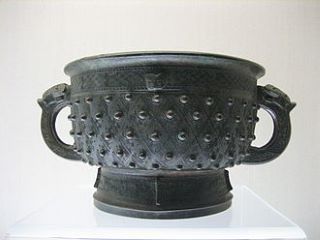
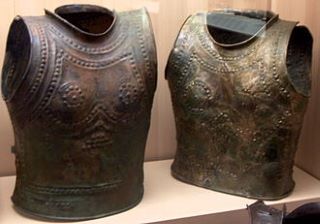
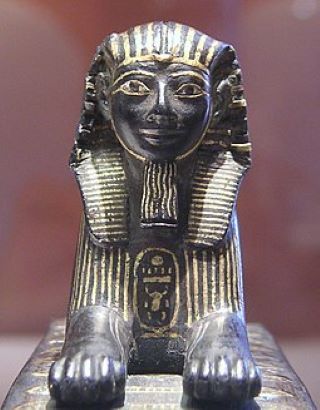
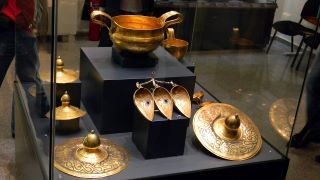
In fact, many well known artworks are made of bronze. Can you think of any?
You may know of Auguste Rodin's The Thinker. It was cast in bronze using the same techniques developed by the ancient Egyptians. Thousands of years later, sculptors still rely on this same process. The Colossus of Rhodes, one of the Seven Wonders of the World, was built in the third century BC from bronze made from confiscated war implements (but no longer stands as it fell down in an earthquake in 226BC). The Statue of Liberty in America, a gift from France in 1886, contains 160,000 pounds of copper. The Lady's pure copper sheets are 3/32-inch thick. Her natural, green patina comes from the copper surface coming into contact with water, oxygen and carbon dioxide. It is about 0.005-inches thick and has protected her from corrosion since 18861.


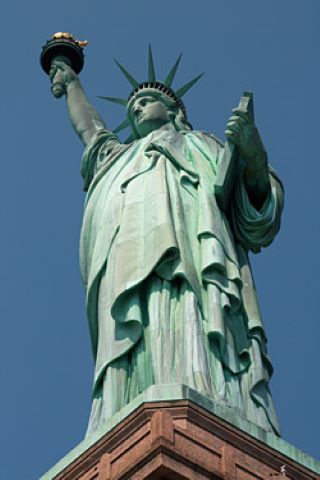
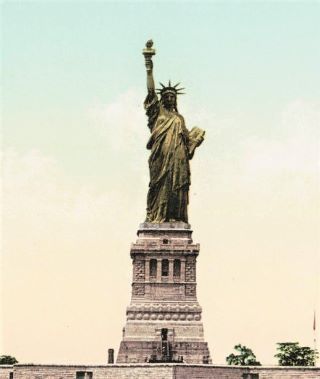
A showcase motorcycle named "Spirit of Liberty," better known as the "Copper Chopper," was built from scrap metal removed from the Statue of Liberty during the restoration for its centennial in 19861.
Some of the most famous painters of all time, such as Leonardo da Vinci, Jan Brueghel, El Greco and Rembrandt often painted on sheets of copper. They found that copper provided a smooth, durable surface that held the paint very well and allowed for marvellous effects1.
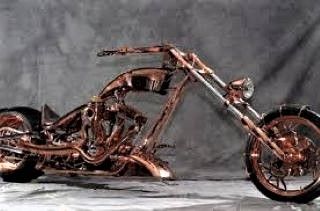
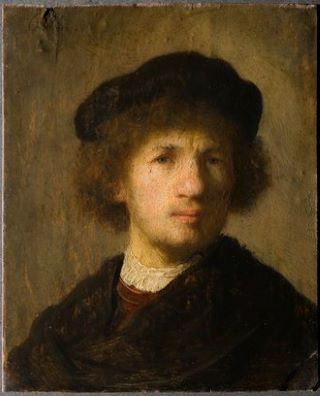
By contrast, pure copper is a very soft, ductile metal and is usually manufactured into sheets, tubes, pipes, and wires for many industrial purposes. Artworks of pure copper can be made by hammering, bending, twisting and fusing it into all sorts of shapes, designs and structures, all by hand. Therefore, working with copper is a very meticulous and interactive process, and requires patience and precision.
Let's take a look at some of the work of Timothy Starling, with the images and descriptions taken from his website.
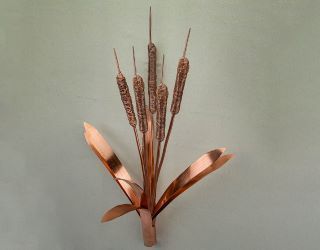
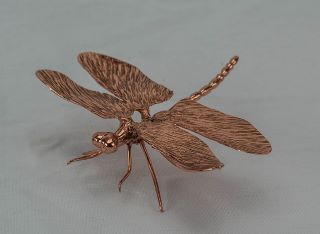
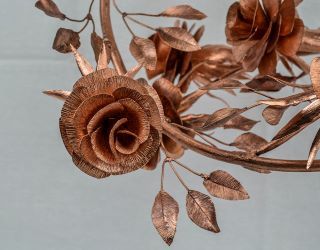
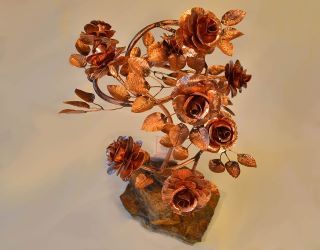
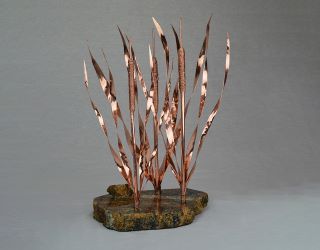
Timothy’s themes display the artist’s fascination with botany and hammered copper metal. The Norfolk Botanical Gardens (Norfolk, Virginia) inspires many of the concepts for his artistry2.
Timothy says: “Plants excite me, their shape and structure define their living grace and elegance. I am driven to create their form with a malleable piece of copper. It is not the reproduction of a plant, but the capture of a living form from my mind’s eye into an aesthetic piece of artistry. To me, each creation is a new journey that I take, each hammer blow is a series of progressive steps to bring concept into reality. I cannot tell you where I will step, but I will know it on my journey. My goal is to share my feelings for nature and plants so that others can take a moment to recall nature’s beauty just outside".2
"I use copper exclusively in my creations; such as sheet metal, pipe, round stock, tubing, and wire of various sizes and thicknesses. Pedestals for my work are normally granite but use of stone and flagstone will sometimes be used in lieu of. I use modern-day and traditional techniques to weld copper together"2.
"Copper’s brilliant, rich colour will darken over time, but modern finishes can greatly retard this effect. My creations have several clear coats of ProtectaClear applied to them prior to assembly to maintain their appearance"2.
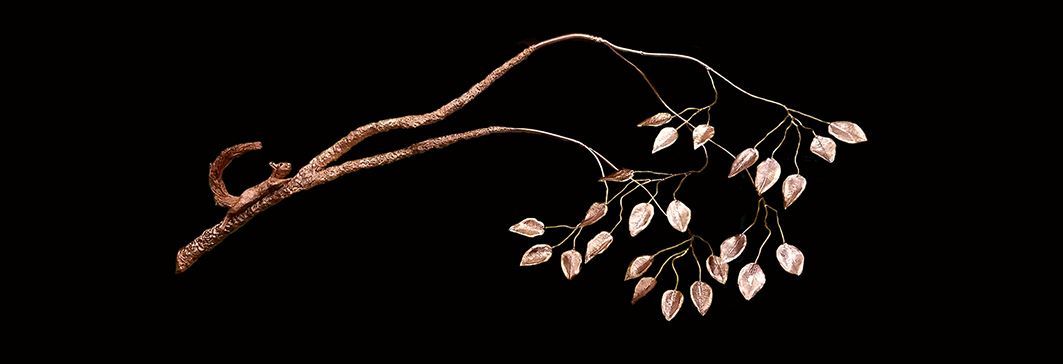
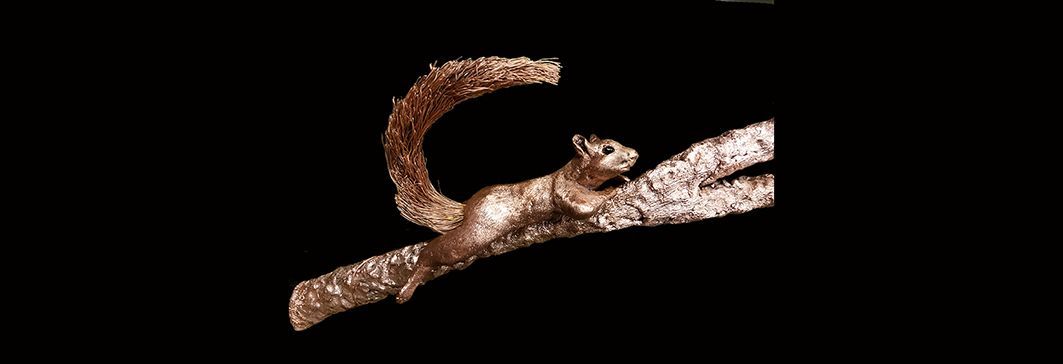
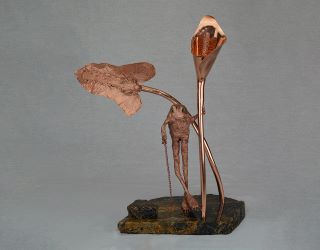
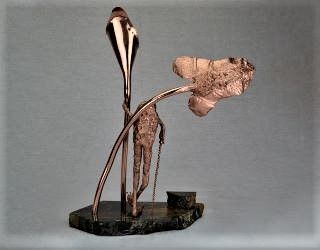
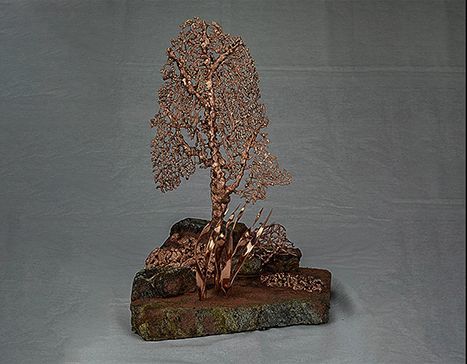
I am sure you will agree that Timothy's precise work is beautiful, creative and unique. Here is a link to his website if you would like to see more of his work. Click here.
If you are in Virginia Beach, USA, in September or October 2020, do visit the art shows scheduled during those months, and you can see the detail of Timothy's work up close for yourself! For details, click here.
Footnotes:
- Courtesy of copper.org
- Courtesy of timothystarling.com
